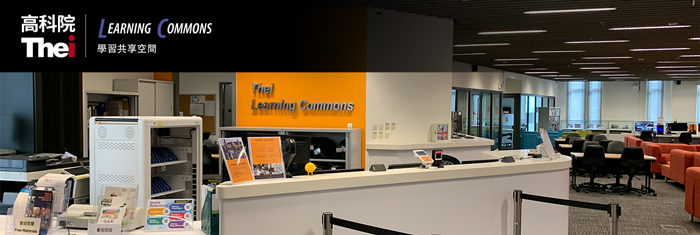
Telephone & WhatsApp:
 (852)3890 8026
(852)3890 8026
E-mail:
Facebook:
Instragam:
Youtube:

Data with Purpose: Transforming Your Institution Through Data
Developing effective data analytics strategiesBy: UB Custom Publishing | Issue: October, 2019 | Web Seminar Digest September 26, 2019 | Link to Article [1]
The right data analytics strategy can power your institution’s digital transformation. In this webcast, experts from Ovum and Ellucian outlined key considerations for developing data analytics strategies that can transform an institution. Topics included the value of using data to connect all lines of business, how to assess an institution’s “data-centricity” readiness, and why data management is central to improving the student experience.
Speakers
Jacob Chandler: Analytics is about the examination of data. It’s a way to understand how our constituents are interacting with the campus, whether they’re students, prospective students, former students, faculty or staff. “Data centricity” in higher education becomes the foundation for how we begin to aggregate information from multiple sources across our campus and leverage that to impact the way we interact with those constituents and the way they interact with us.
We must establish data management and governance practices to ensure that we have high-quality data and that the right people have access to the data at the right time to help drive their decisions. To have truly effective analytics, we must manage the integration across the systems, so that we’re able to surface that data and combine it and so that we can glean insights from these multiple systems.
Joyce Kim: An important trend is a move toward student centricity, which is a personalized, 360-degree view of a student that can result only from connected data. This kind of comprehensive view is important because it drives a better campus experience for students. They can take advantage of the physical and digital resources of an institution.
This is also important because students are looking for their edtech experience to match their consumer technology experience. They may be looking for targeted social media interactions or engagement with university staff to be based on data such as their intended major or career interests. They may be looking for predictive recommendations for courses they’re interested in taking. In other words, today’s students want to feel known and valued by their institutions. But this goal is a lot easier said than done.
“Before an institution can create a data-led campus strategy, it’s imperative that the institution establish data management and governance practices and figure out integration strategies.” There are so many systems and people that touch a student, resulting in a lot of data. They include the student information system, the customer relationship management system, advisor and residence systems, social data, the learning management system, video platforms, and internet of things technology. Adding to this challenge is the variety of data formats. And all the different systems may be in different departments and may be siloed from each other. As a result, the view of the student we get could be outdated or inaccurate. So we’re looking for a way to connect and exchange data in order to have a more connected institutional environment.
Jacob Chandler: The spirit of the 360-degree view is where we started with our Ethos platform. We wanted to bring together diverse systems so that we could surface data and provide insightful analytics to help institutions make the best decisions.
Joyce Kim: Ovum’s “ICT Enterprise Insights” survey found that while all industries are in the early stages of achieving digital transformation, higher ed actually lags a bit behind the overall industry average in terms of digital maturity. Only 9.4% of institutions believe they are using data effectively across the enterprise. Our goal is to help raise this level for higher ed. Before an institution can create a data-led campus strategy, it’s imperative that the institution establish data management and governance practices and figure out integration strategies.
What’s standing in the way of these ambitions? We divide the barriers into three broad categories:
Ellucian is working with its customers to help address and overcome some of these barriers.
Jacob Chandler: You have to identify where you want to start, and you have to know how you want to implement and mature data governance. We’d like to connect with you. We have a growing community of analytics customers and subject matter experts at Ellucian. We are passionate about this topic; we are engaged with the community; and we want to help institutions unlock their data.
Topics: IT and AV
Adobe Digital Insights: Top 3 consumer trends shaping e-Signatures and how we will work in 2021
Adobe Document Cloud team, January 26, 2021
Consumer e-signing a document on his phone
E-signatures go mainstream
Year-over-year Adobe Sign user growth in the US
Young consumers are key to growth
Generational breakdown - Was 2020 the first time you signed a document electronically?
Triple-digit growth: Key industries embrace the future of work
Adobe Sign industry usage in the US (Edu, FSI, Gov)
The path forward
Recommended Further Reading
FUTURE OF WORK
California Department of Technology Streamlines Procurement with Adobe Sign
05-06-2020
EDUCATION
Adobe Document Cloud Debuts Education Resource Hub
07-08-2020
DIGITAL TRANSFORMATION
Wipro Accelerates the Paperless Enterprise with Adobe Sign
07-21-2020
